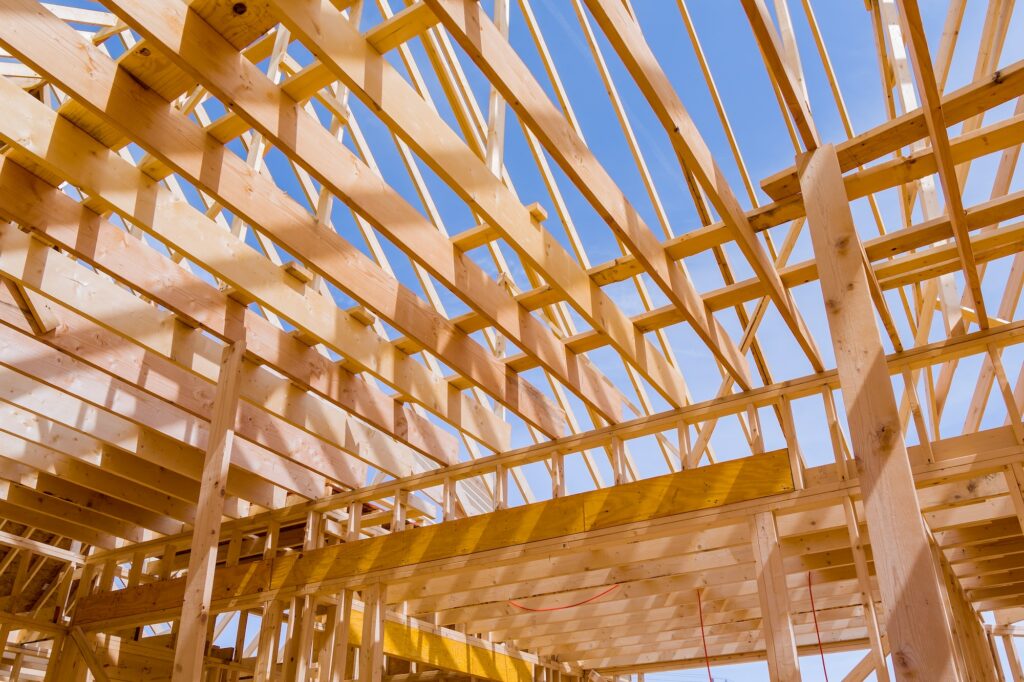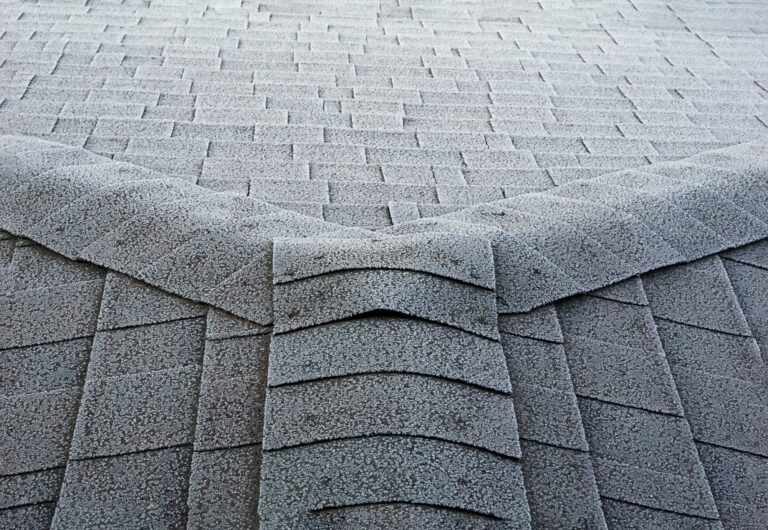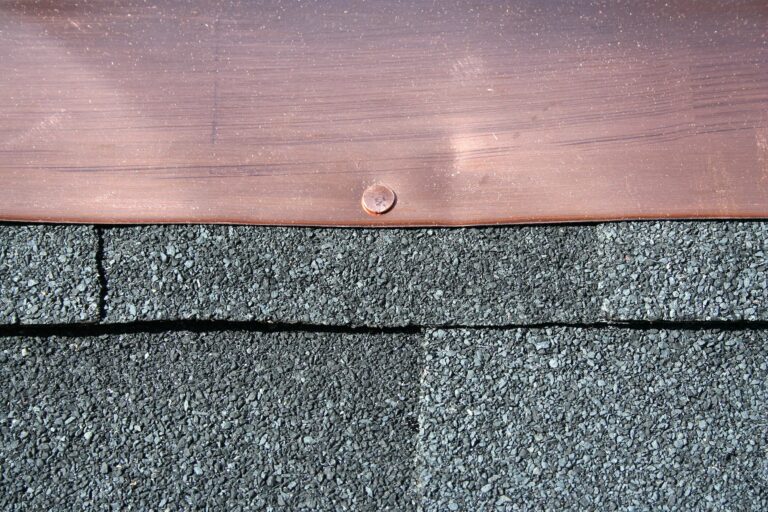Understanding Roof Trusses
Roof trusses are critical structural components that support the roof and transfer the weight of the roof to the building’s walls. They are typically triangular in shape, which provides stability and strength, making them ideal for a variety of architectural styles.
Roofers of Rome LLC is here to help you understand the different styles of roof trusses, and how they might be the perfect choice for your next roofing project.
Each of these configurations has specific advantages and applications, making trusses a versatile choice in a variety of construction scenarios.
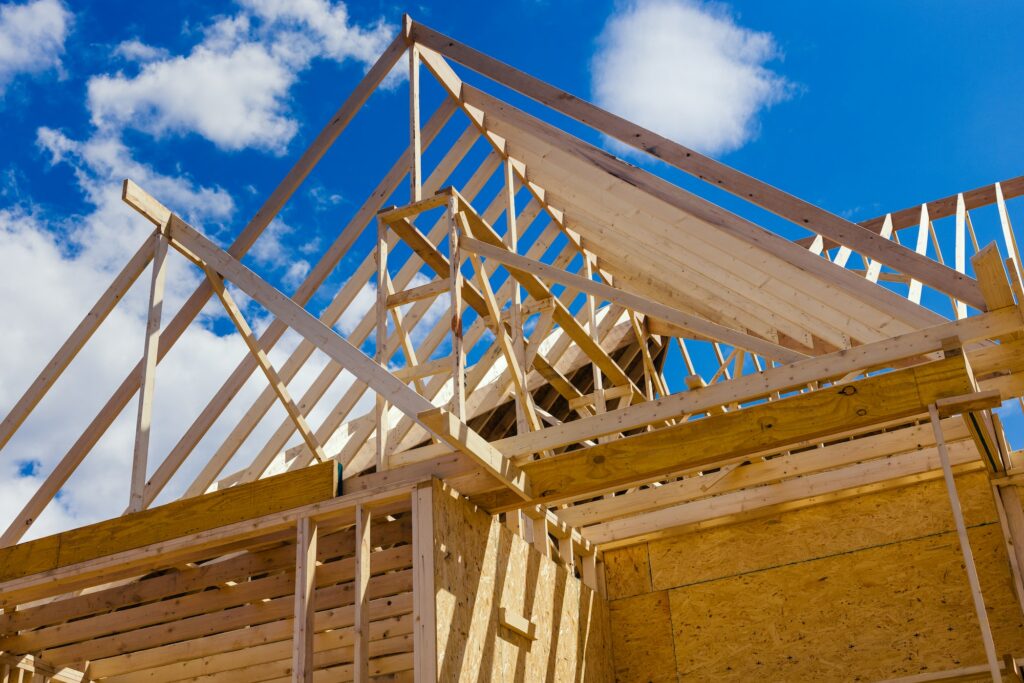
Truss Configurations
Truss configurations refer to the different arrangements and designs of trusses, which are based on various factors such as architectural style, structural requirements, and construction constraints. Here are some additional truss configurations not previously mentioned:
Different Types of Roof Truss
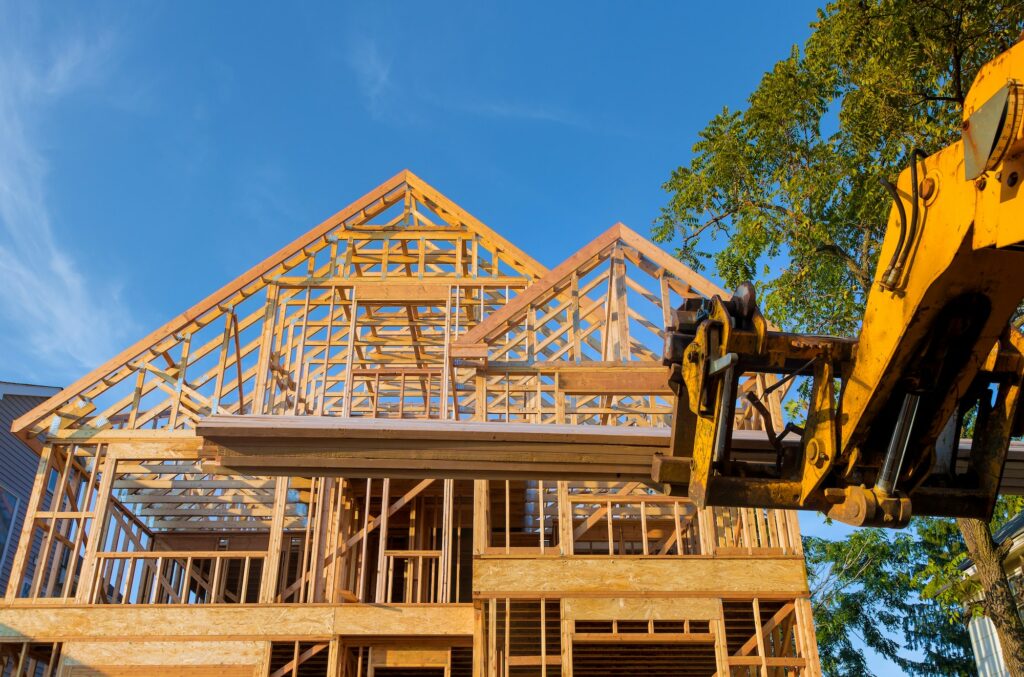
There is actually a fair amount of different types of trusses. Here are some of the most common. If we missed any, let us know in the comments.
Gambrel Truss
The Gambrel Truss features a design that maximizes headroom in the attic. It provides a roof with two slopes on each side, where the upper slope is positioned at a shallow angle, while the lower one is steep.
Bowstring Truss
The Bowstring Truss is characterized by its arched shape. It’s typically used in large spaces that require clear spans such as warehouses and aircraft hangars.
Polynesian Truss
The Polynesian Truss, also known as a Dual Pitch Truss, has a different pitch above and below the chord. It’s usually used in tropical architecture to allow better airflow.
Tri-bearing Truss
The Tri-bearing Truss is designed to distribute the load to three points, reducing the stress on individual walls and providing added stability.
Hammer Beam Truss
The Hammer Beam Truss is a more complex design often used in grand structures such as cathedrals. It allows for large open spaces with its unique design featuring projecting “hammer” beams.
Stub Truss
The Stub Truss is shorter in height compared to a common truss. It’s used where the roof pitch needs to be less steep, and it often requires additional support, like posts or walls.
Each of these configurations has specific advantages and applications, making trusses a versatile choice in a variety of construction scenarios.
King Post Truss
The King Post Truss is a simple design that features a central vertical post (the king post) running from the apex of the triangle down to the base. This design is effective for smaller spans up to around 8 meters. It’s a popular choice for many homes and small commercial buildings due to its simplicity and cost-effectiveness.
Queen Post Truss
The Queen Post Truss is similar to the King Post Truss but includes two vertical posts (the queen posts) instead of one. This design allows for larger spans, typically up to 10 meters. It’s a common choice for larger residential and commercial buildings.
Gable Truss
The Gable Truss or sometimes called the “end truss” is a variant that is designed to sit at the ends of the roof, forming the shape of a gable. It can be designed to match other truss styles in the building, allowing for a uniform interior look, even though its exterior presents a different profile.
Howe Truss
The Howe Truss is a more complex design that includes diagonal and vertical members. This design provides excellent strength and rigidity, making it suitable for large spans and heavy loads. The Howe Truss can span distances over 20 meters, making it ideal for large commercial buildings and industrial applications.
Common Truss (Type of truss most used for residential)
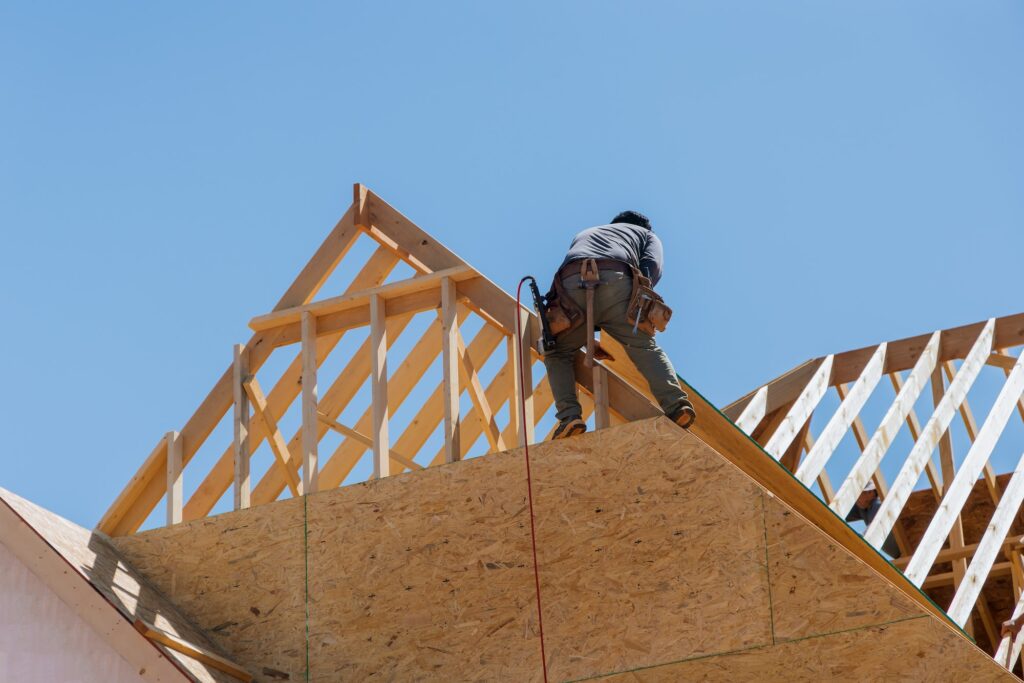
A common truss is characterized by its symmetrical structure with an equal pitch on both sides and a central peak. The pitch refers to the slope or angle of the roof, while the heel is the point where the roof truss meets the building’s walls. In a Common Truss, these features are identical on both sides, creating a balanced, triangular shape.
The central peak, also known as the apex, is a critical point where the sloping sides of the truss meet. This symmetrical design efficiently transfers the load of the roof to the walls, offering robust support and stability.
Fink Truss
The Fink Truss is another popular design that includes additional diagonal members for increased strength and stability. It’s a versatile design that can be used for a wide range of spans and loads, making it a popular choice for both residential and commercial buildings.
Scissor Truss
The Scissor Truss is a unique design that features sloping bottom chords, creating a vaulted ceiling effect. This design is often used in homes and buildings where an open, spacious feel is desired. The Scissor Truss provides not only structural support but also aesthetic appeal.
Pratt Truss
The Pratt Truss is a commonly used design in bridge construction but can also be used in roofing. It features vertical members and diagonals that slope toward the center. This design is robust and can support heavy loads over large spans.
Parallel Chord Truss (Flat Truss)
The Parallel Chord Truss, often referred to as a flat truss, is characterized by its top and bottom chords that run parallel to each other, creating a flat profile. This truss design is particularly beneficial in floor construction as it evenly distributes weight across its span, providing stable support for flooring systems. However, its use is not confined to floor systems alone. The Parallel Chord Truss can also be employed in roof applications, especially in architectural designs where a flat roof is desired either for aesthetic appeal or specific functional requirements. This truss type’s versatility in application makes it a flexible choice in different construction scenarios.
Mono Truss
The Mono Truss is a distinctive style of truss, named for its single or “mono” slope. Unlike the traditional triangular shape of most trusses, the Mono Truss consists of a single slope that typically slopes down from the front of the building to the back or vice versa. This creates a unique profile and offers certain advantages, particularly for structures with specific needs or constraints.
Mono Trusses are popular for use in structures where drainage is a primary concern. The single slope allows for easy water runoff, making it a practical choice for buildings in areas with high rainfall. Additionally, they are often used for building additions, sheds, and garages, where the truss can simply lean against the existing structure.
Attic Truss
The Attic Truss, also known as a room-in-roof truss, offers an innovative solution for adding extra space within the footprint of your home. Unlike other truss styles, the Attic Truss features a rectangular space at its center, which can be converted into a livable area, such as an attic room or additional storage space. This unique design feature makes it a favorite for homeowners looking to maximize space without expanding their home’s footprint.
Hip Truss
The Hip Truss forms the ‘hip’ of a roof, which is the part where a roof slopes downward from a peak. Unlike standard trusses that span from one wall to the other, Hip Trusses are designed to carry the load from the roof’s corners to its center, creating a smooth, sloping roofline that extends down to the eaves. This results in a pleasing aesthetic and additional weather protection, particularly for buildings in high-wind or high-rainfall areas.
Conclusion
Choosing the right roof truss style for your building can significantly impact its functionality, aesthetics, and cost. Each style has its unique strengths and potential applications, so understanding these differences is crucial in making an informed decision.
If you’re considering a new roof or need help understanding which roof truss style is best for your project, Roofers of Rome LLC is here to help. We have the expertise and experience to guide you through this critical decision, ensuring your building is both structurally sound and visually appealing.
Remember, the right roof truss style can not only enhance the look of your building but also increase its value and longevity. So, choose wisely, and don’t hesitate to reach out to us for any assistance you might need.

